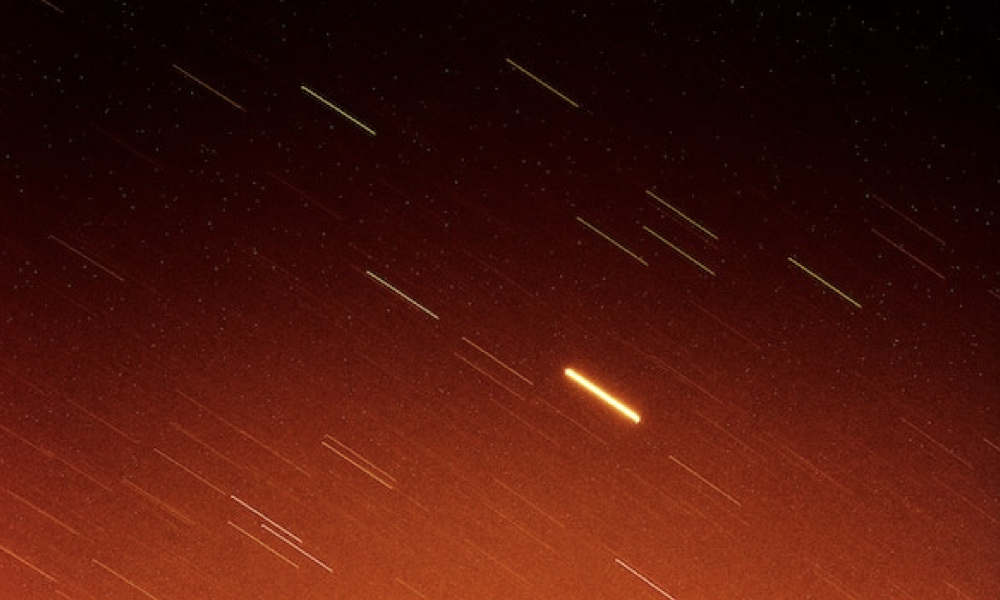
ESA Open Invitation To Tender AO8559
Open Date: 15/02/2016
Closing Date: 29/03/2016
Status: ISSUED
Reference Nr.: 15.1EP.05
Prog. Ref.: TRP
Budget Ref.: E/0901-01 – TRP
Special Prov.: BE+DK+FR+DE+IT+NL+ES+SE+CH+GB+IE+AT+NO+FI+PT+GR+LU+CZ+RO+PL+EE+HU
Tender Type: C
Price Range: > 500 KEURO
Establishment: ESTEC
Directorate: Directorate of Technical & Quality Manag
Department: Electrical Engineering Department
Division: Power & Energy Conversion Division
Contract Officer: Erkelens-Sickinger, Franziska
Last Update Date: 15/02/2016
Update Reason: Tender issue
The objective of this activity is to obtain a thin solar cell (target 20 microns) with the same electrical performance as the nominal thickness (140 microns) solar cell. The development of manufacturing processes to obtain ultra-thin cells (20-80 microns) is of paramount importance to achieve a significant mass reduction without reducing the fabrication yield. In order to achieve this goal, it is required the interaction of two different technological processes: epitaxial lift-off and layer transfer. The epitaxial lift-off consists in the separation of the active layers (those responsible for the operation of the solar cell) from the substrate, in a way that the latter can be reused. The lift-off can be performed using chemical etch or applying mechanical stress to the structure. The layers lifted from the substrate are very thin and sensitive and for that reason a layer transfer process is needed to guaranteetheir integrity during the rest of the manufacturing sequence. Most probably there is not a single process capable of producing ultra-thin solar cells that can be applied to all solar cell concepts. Each solar cell design will thus require a dedicated processing route including a dedicated lift-off and layer transfer process. In this activity, the different varieties of processes available for the lift-off and layer transfer, identified in previous activities, shall be applied to build up a full manufacturing process adequate for each one of the most promising concepts of the next generation solar cells and depending on the final product that is intended to fabricate. The following tasks shall be completed: 1. To apply the epitaxial lift-off method most adequate to each one of themost relevant solar cell technologies. 2. To determine the best layer transfer technique, with or without temporal substrate, depending on the particular solar cell’s technology. 3. To define a full manufacturing route for each one of the relevant solar cell’s technologies considering the outcome of Tasks 1 and 2, including the full processing until the final solar cell is obtained. The activity will require that a significant number of solar cells with a minimum target of efficiency is delivered. Procurement Policy: C(1) = Activity restricted to non-prime contractors (incl. SMEs). For additional information please go to EMITS news “Industrial Policy measures for non-primes, SMEs and R&D entities in ESA programmes”.
If you wish to access the documents related to the Invitation to Tender, you have to log in to the ESA Portal.
